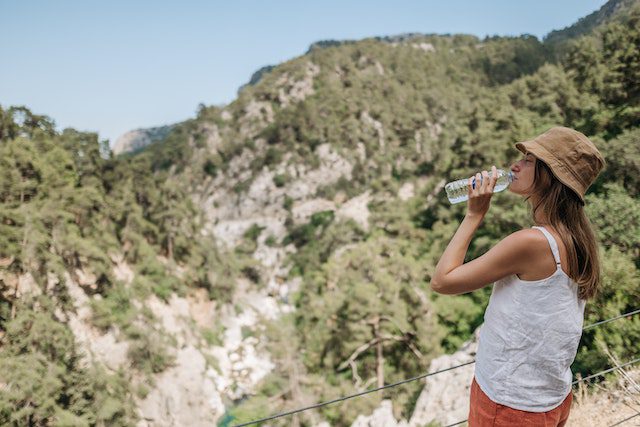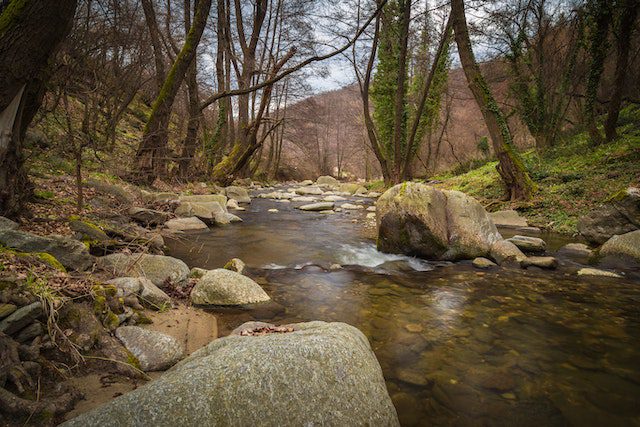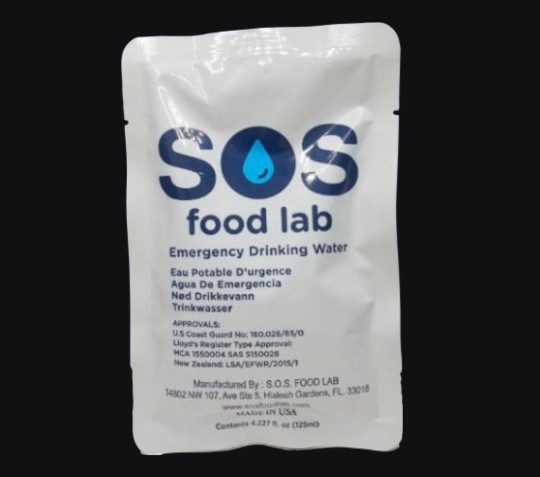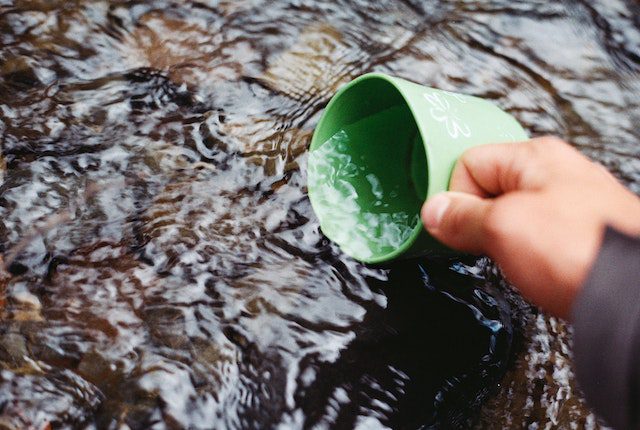Being prepared for an emergency could mean a lot of things. Depending on the type of emergency, it could mean having an ice scraper. It could mean having a healthy supply of canned food. Or, it could mean being able to have clean, drinkable water when you have a limited amount. We don’t want to scare you, but the human body can only last about three days without water. If you’re in the kind of emergency that has left you without clean water to drink, a simple water filtration system, or basic knowledge on how to filter your own water, could come in pretty handy, and save your life.

Rated number one from Water Filter Guru, is the PortaWell. Although it’s one of the more expensive filters (a little over $300), it’s portable, takes high volumes of water, and removes 100% of cysts and 99.9% of pathogenic bacteria from water. It purifies water by having two stages of filtration, one carbon block and one ceramic. The PortaWell requires electricity, so it’s perfect if you have an RV, boat or cabin. If you are visiting another country that does not have clean water to drink, this could be a massive asset, as well.
Another excellent system to use is LifeStraw. Being prepared for every emergency is the slogan for this company that produces a collection of water filtration and purifying systems. They’ve thought of everything, from high flow filtration systems that require no electricity or batteries, to personal filter straws that literally last forever. The personal straws are slim and can fit into a bag or even a pocket (or as a necklace because it comes with a string and carrying case). They can be used to drink directly from a source of water (except the ocean) that could potentially be unclean, protecting against bacteria, parasites, sand, dirt, and microplastics.

There are a ton of water filters out there that can help in an emergency, but what if you’re stuck without one altogether? Having just a little info in your pocket can help get you out of a bind. If you are out in the woods and come upon a stream or river, ask yourself if it is safe to drink. The answer will most often be no, says Wilderness Awareness, who suggests creating an emergency water filter from any two containers you have. Fill one container with water, then use a piece of cloth, like your shirt, and place it on top. Pour the water through the cloth into your second container. Then, find some pebbles and put them on top of the cloth, and run it through again to your second container. Next, add sand, if you have it available, and filter again. Lastly, if you have it, add crushed charcoal to the top of the cloth and filter your water once more. Filtering this way will make the water gradually clearer and safer to drink. If you are in an emergency situation for longer than 24 hours, says Wilderness Awareness, filter your water as best you can, stay hydrated, and think about the possible side effects of contaminated water later. Staying alive and drinking water is more important.
If you are traveling to a different country with unclean water, or plan to go on a trip that is likely to need a filtration system, it’s a great idea to consider one of these options. However, thinking this far ahead in everyday life is less likely. That’s why storing extra bottles of clean water in your car or home is the quickest and easiest option. SOS Water Pouches are excellent because our water is triple purified and easy to store in even small places due to its unique packaging. Each pouch is single serve and easy to open.

The bottom line is to think ahead for likely emergencies, like severe weather or power outages, and think long term for trips and extended travel.
